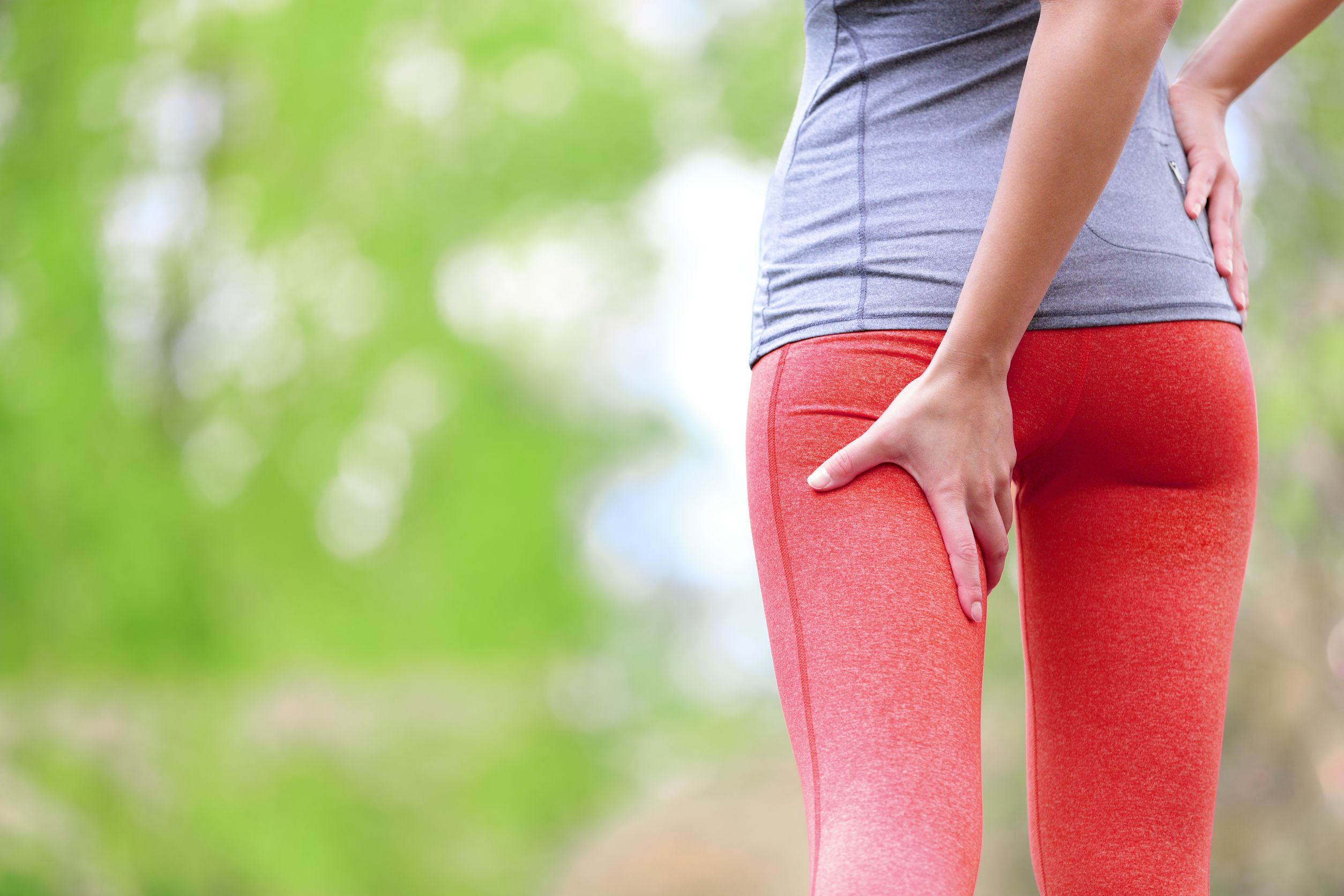
Piriformis syndrome is rare. This syndrome usually begins with pain, tingling or numbness in the back and/or buttocks that can spread along the leg following the sciatic nerve. Piriformis syndrome is caused by nerve compression by spasm or contracture of the piriformis muscle. The piriformis muscle is a flat muscle which is situated in the buttocks. Its function is to stabilize the hip joints and can raise and rotate the thigh away from the body. This syndrome has been given names; it can be referred to as pseudo-sciatica, wallet sciatica, and hip socket neuropathy. It is often associated with recurring actions during sports such as running, playing tennis or football injuries with trauma to the buttocks.
Causes of Piriformis Syndrome
The tension and stiffness in the piriformis muscles can lead to spasm of the muscle. As with muscle tension in other parts of the body, the causes differ. The piriformis exercises every day. It is used when walking or turning the lower part of the body. It is also used when shifting your weight from one side to another. Long periods of inactivity or too much of exercise can cause arm of irritation to the muscle. Below are some common causes of piriformis syndrome:
• Excessive abuse of exercise
• Running and other recurring activities that involve the leg
• Sits for a long time
• Lift heavy objects
What are the risk factors for Piriformis Syndrome?
Several risk factors may make individuals more susceptible to developing piriformis syndrome some of them are listed below.
1. Gender. Based on studies, piriformis syndrome has been found to be common in women by a 6:1 ratio and this is believed to be due to anatomical differences.
2. Anatomical variation in the way the sciatic nerve is positioned in relation to piriformis muscle which may lead to piriformis syndrome. In some people, the sciatic nerve passes through a piriformis muscle, for example, possibly increasing the likelihood of compressing the sciatic nerve.
3. Swelling, a formation of hematoma or scar can occur as a result of direct trauma or injury to the areas of the buttocks which can result in compression or capture of the sciatic nerve.
4. Sitting for a long period of time can result in direct compression against the sciatic nerve. Piriformis syndrome is sometimes referred to as "fat wallet syndrome" or "wallet sciatica" because it is found in people who sit against their wallet on a hard surface.
5. Excessive use or recurring movements such as walking, jogging, biking, or rowing at large distances can cause inflammation, spasm, and hypertrophy (enlargement) of piriformis of the muscle. This can increase the risk of irritation or entrapment of the sciatic nerve.
Symptoms of Piriformis Syndrome
The first symptoms of piriformis syndrome include pain, tingling or numbness in the buttocks. The pain can be severe and spread across the entire length of the sciatic nerve (referred to as sciatica). The pain occurs as a result of compression of the sciatic nerve by the piriformis muscle, for example, while sitting on a car seat or while running. Increase in pain can also occur when climbing the stairs, applying strong pressure directly to the piriformis muscle or sitting for a long time. Majority of the cases of sciatica, however, are not the result of piriformis syndrome.
Piriformis Syndrome Treatment
Treatment for Back Pain requires restoring the circulation and blood flow to the affected structures in your buttock. Pain is caused when swelling, inflammation and decreased circulation generate a blockage, which causes blood flow to be interrupted or slowed. Treatment for this issue requires breaking up the accumulated fluids in your buttock to allow for improved healing and quicker recovery.
Products recommended for symptoms of swelling, redness, pain, and inflammation, and if coolness makes your pain feel better:
Bruise Relief Liniment
Muscle Therapy Massage Oil
Products recommended when swelling and inflammation are gone, but you still feel pain, stiffness, weakness, and/or sensitivity in cold and damp weather, and if heat makes your pain feel better:
Pain Relief Liniment
Muscle Therapy Massage Oil





